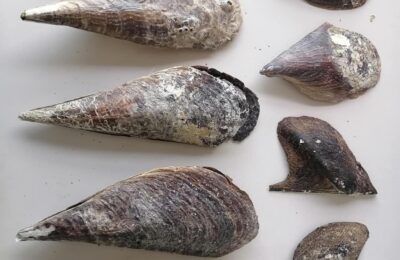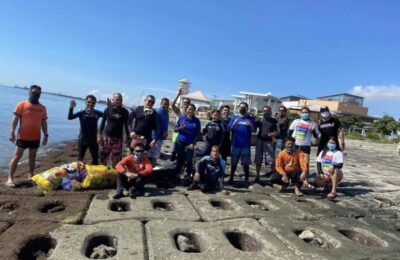The publication of an October 16, 2024 news report saying marine biologists from the Cebu Technological…
Dying declaration dooms suspect in murder of Pagadian announcer
CEBU, Nov. 27, 2010 — WHAT is a dying declaration and what is its weight as evidence in court?
The question popped up yesterday, a day after the Regional Trial Court (RTC) in Cebu City’s conviction of Mohammad “Madix” Maulana for the 2005 murder of Pagadian City broadcaster Edgar Amoro.
“(It) is evidence of the highest order,” explains the Supreme Court in its March 2004 ruling in People vs. Emilio Comiling.
An utterance prior to death, these declarations are, according to the High Court in its 2001 ruling in People vs. Arturo Enad, an exception to the hearsay rule. These are admissible as evidence in homicide, parricide or murder cases because of “necessity and trustworthiness.”
“Necessity, because the declarant’s death makes it impossible for him to take the witness stand and trustworthiness, for when a person is at the point of death, every motive for falsehood is silenced and the mind is induced by the most powerful consideration to speak the truth.”
In the case of Maulana, whose name Amoro uttered before he died, it was an accusing finger that haunted from beyond the grave.
Four
Four elements must be present before a dying declaration can be deemed admissible, provides Rule 130, Section 37 of the Rules of Court.
The person making it must be conscious that he or she is about to die. The circumstances behind the testimony must be of such value that the person making the statement would be considered a competent witness had he or she survived.
Likewise, the utterance must be directly related to the crime, which the rules limit to homicide, parricide and murder. The person making the statement must be the victim.
Judge Esther Veloso, who presides over the 6th branch of the RTC in Cebu City, convicted Maulana in a 19-page judgment and sentenced him to reclusion perpetua (20 to 40 years with pardon possible only after 30). She also ordered him to pay indemnification of some P195,000.
The ruling marks the sixth successful prosecution of a journalist’s murder thus far. There have been 137 killings since 1986, according to various media groups.
Amoro died of gunshot wounds last Feb. 2, 2005. He was assassinated outside the gates of the Zamboanga del Sur National High School, where he taught while, at the same time, co-hosting a radio program at dxKP in Pagadian City.
Motive
The motive for the killing has been linked to the May 13, 2002 fatal ambush of Edgar Damalerio, Amoro’s co-host at radio dxKP. Amoro was with Damalerio when the latter was gunned down. Amoro was poised to testify against the killer, policeman Guillermo Wapile.
Erlinda said she had just arrived home, which was near the Zamboanga del Sur National High School where she also taught, when the shooting took place.
She said her daughter received a call on her mobile phone and suddenly shouted that something had happened to Amoro.
Erlinda said she ran back to school and rushed to the side of her bloodied husband, who uttered the name “Madix.”
She said she knew exactly who he meant because Maulana is known in their community as a gun-for-hire. He has a string of murder cases, including one which involved a police officer.
Maulana, through his lawyer, said no declaration could have happened because the case records said Amoro died instantaneously.
He said he was in the town of Dinas, two hours away from Pagadian City, attending his younger sister’s wedding, at the time of the killing. He also stressed that while he was tagged for various crimes in the past, he was never convicted.
Police
Veloso, however, clarified “there was nothing in the testimony of the doctor (Samuel Mendero of the Pagadian City Medical Center) to indicate that the victim died immediately.”
Moreover, she added, the defense was not able to discredit or put into doubt that Amoro, the broadcaster, did expose his killer’s name.
Before ruling on the case, Judge Veloso also heard the testimony from a policeman who happened to pass by the scene during the shooting and who also got shot at. PO2 Desiderio Pancho, of the 905th Provincial Mobile Group, likewise identified Maulana as the gunman.
The conviction ends close to five years of living under witness protection for the Amoro family.
The judgment is not yet final though and the accused can still contest the ruling at the appellate court and, after that, the SC.
In both the Amoro and Damalerio cases, the masterminds remain at large, never having been impleaded despite close scrutiny and the Supreme Court’s transfer of the trial from Zamboanga del Sur to Cebu City.
This story was originally published on 1/27/2010 in Sun.Star Cebu. Four days before that, journalists from all over the country found themselves at the Marcelo B. Fernan-Cebu Press Center and signed the Cebu Declaration on Media killings.
A related reading: Killing Journalists: when law and order and justice system fail.
Photo above was taken from Reuters and was shot by Erik de Castro.




